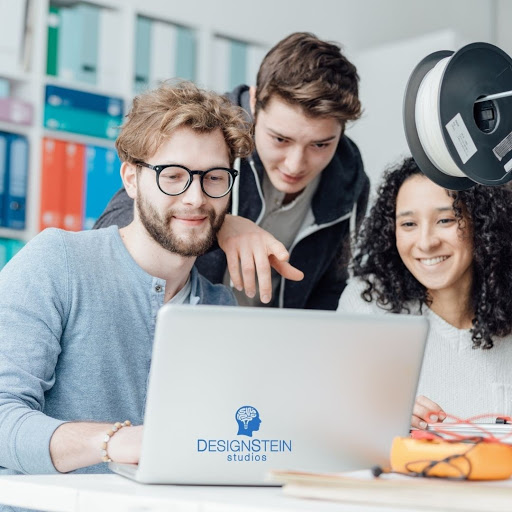Product designers work for a variety of industries, from consumer goods to medical equipment to military devices. Depending on the needs of the company, product design services may be hired to make a completely new design or redesign a product in order to fit certain requirements. The difference between a new product design and a redesign lies in certain considerations that will be weighed during development. Here are some of the ways that product design companies approach a new product design versus a redesign:
New Design
Designing a new product is, in many ways, more ambitious than redesigning an existing one. According to Designstein Studios, a product design and development company, it requires more patience and forethought because there is no guaranteed audience. Introducing a fresh idea to the market, without completing a good amount of research first, can lead to unsuccessful product launches and lost investments. Just because you have a good idea, doesn’t mean it will land. Product design services can help ensure that there is a market for your idea and that it is optimized to fully meet the needs of the target consumer. In order to translate a good idea into a feasible design, product developers must collect data and synthesize information in order to make certain decisions. What kind of technology is needed? What is a realistic price range? How will the user interact with this product and how will it solve a problem in their daily life?
Once armed with concrete data about the existing market, product designers can start to outline the dimensions, aesthetics, and features of the new product. Typically, a design will go through a variety of drafts in order to ensure that it satisfies the projected buyer’s needs, the expectations of investors, and the logistics of production. Not only must the design look good and function well, but it must also be manufacturable and cost-efficient. New designs are challenging because there are no preexisting guidelines; however, that leaves all the more room for creativity and innovation.
Redesign
Approaching a redesign project is quite different from a new design because of one key factor: there is a history to look back on. Instead of completely starting from scratch, product developers must review the existing user base, competitor information, sales information, and other related feedback before they jump into the design process. During the development process, designers must also answer the question: why is this product being redesigned? There are a variety of reasons why a product might need an update. It could be that the technology is outdated, it has missing features, too many features, or it is too expensive for the target consumer. All of these reasons constitute a redesign. Essentially, a redesign project admits the necessity of the product while also admitting that it could be made more desirable (and therefore more profitable) if certain features or aesthetics were changed.
Product designers can investigate the current flaws of the design as well as determine which elements to maintain in the new model. This kind of project may require more finesse when there are more expectations for the product’s functionality. However, the result of a new and improved design can be so rewarding once it hits the market and excites consumers all over again.

